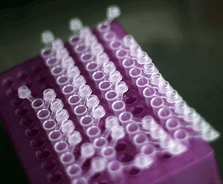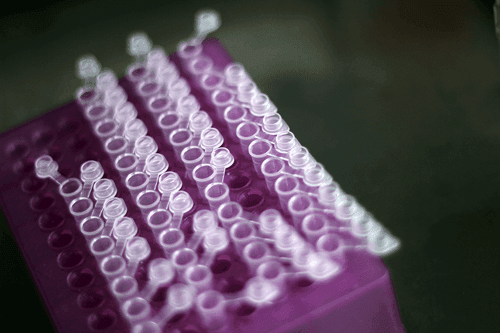Electrophoresis-Microfluidic Technique Improves DNA Recovery


Researchers at the Applied Research Associates, Inc. and National Institute of Standards and Technology have reported success in improving DNA recovery rates at optimal quantity from ridiculously small and filthy samples. This technique if validated could potentially translate into saving a lot of time.
Forensic researchers and paleontologists usually spend 1-2 days trying to extract DNA from minute samples which are usually filled with dirt and DNA from other organisms, followed by PCR to amplify the obtained DNA. This is only possible in a laboratory, with all the proper equipment/personnel and chemicals, something that forensic researchers, remote medical investigators or paleontologists don’t have the luxury of most of the time.
The Technique
The technique being reported here describes an improvisation over a four year old technique that separates specific components in a technique called “gradient elution moving boundary electrophoreses” or GEMBE. A “tug of war” that takes place for the sample where the electric field pushes the molecules in one direction and the buffer solution pushes in the other direction. By controlling the buffer flow, the required components are directed into a microfluidic channel, where they can be analyzed.
Researchers used buffer solutions with two different ion charges in the modified GEMBE to isolate the DNA. These deferentially charged ions move with different speeds in the sample reservoir helping separate the DNA. Under controlled flow the slower moving buffer directs the DNA into the microchannel, by opening up the “fluid-gate” that forms between the microchannel and sample reservoir. Here the concentrated DNA can be quantified and transferred to vial for further processing.
The researchers believe this technique can save hours of a researchers time and can potentially be miniaturized and made robust enough to be used outside of the laboratory.
Image: Grandeallegro

